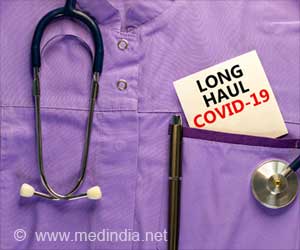Proactive, frequent rapid testing of all students for COVID-19 is more effective at preventing large transmission clusters in schools.

‘Regular rapid tests for COVID-19 helps in protecting residents of long-term care homes, school children.’
Read More..




The simulations showed that from zero to 20 students might be infected after exposure, depending on even small adjustments to transmission rates for infected individuals or environments.one develops symptoms and then tests positive, as per Simon Fraser University researchers.Read More..
"When schools have reopened during the COVID-19 pandemic, in some places there have been large clusters of infections, and in others very little transmission," says Colijn, SFU mathematics professor and Canada 150 Research Chair in Mathematics for Evolution, Infection and Public Health.
"In our simulations, we explored what factors affect cluster size, and what interventions can be used to prevent large clusters."one develops symptoms and then tests positive, as per Simon Fraser University researchers.
When a student (or teacher/staff member) develops symptoms, they are told to stay home, tested using a PCR test, and if the test result is positive, control measures are introduced in the classroom, such as telling the infected individual's close contacts to stay home.
All students in the class are tested using rapid tests on a regular basis, whether they have symptoms or not. When a student tests positive, there is an intervention to prevent further transmission in the second strategy.
Advertisement
"We found that interventions that only took effect after someone developed symptoms and tested positive were too slow to prevent large clusters; only regular monitoring of asymptomatic individuals could prevent the worst outcomes," says Colijn.
Advertisement
Researchers hope to use data on transmission and cluster sizes in schools to estimate key unknowns about COVID-19 in schools, such as the rate of transmission, and how much it varies from classroom to classroom.
"We could then see how transmission depends on preventative measures that are put in place, such as mask use, improved ventilation and hand washing," he says. "This would inform which interventions, after a case is detected, would be the most effective."
"Our results were based on simulations of a classroom, but the same considerations apply to other settings such as workplaces, or communal living settings such as long-term care homes," says Tupper, noting that their previous work points to the effectiveness of regular rapid testing in protecting residents of long-term care homes.
Source-Medindia












